
The New RVer’s Guide to Visiting National Parks
The New RVer’s Guide to Visiting National Parks
6 important tips for visiting the parks, including pandemic-specific & family insights.
By: Brittany Highland
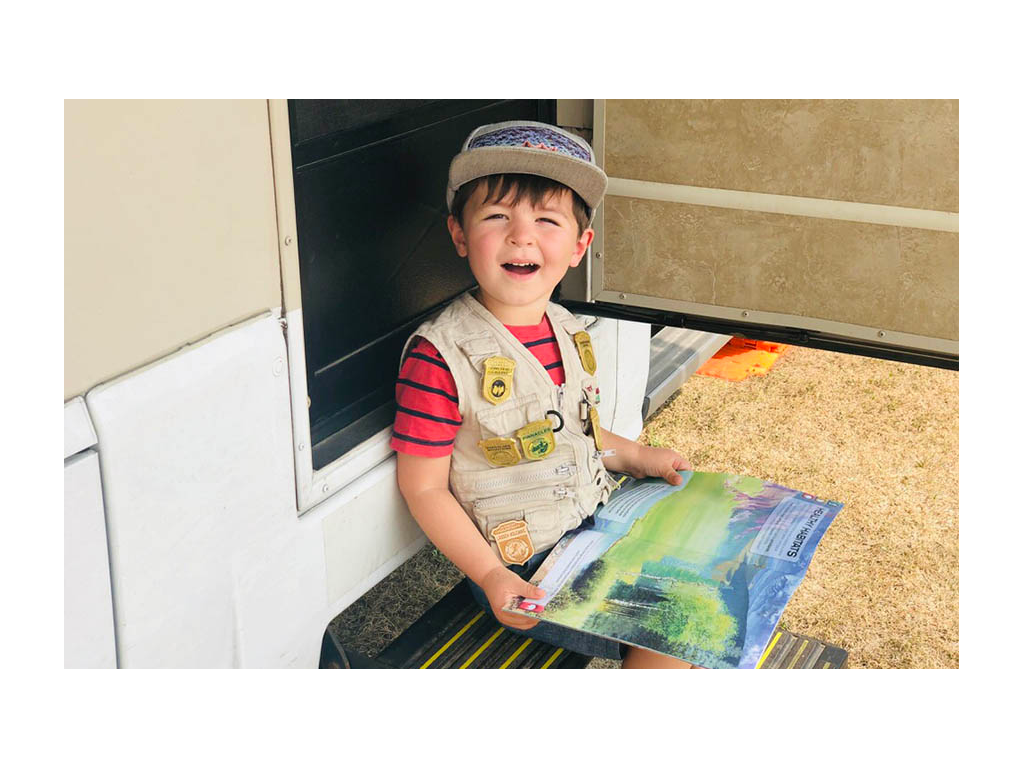
If you’re going to travel in 2020 or need to travel because your RV is your home, then our country’s national parks are ideal destinations. As full-time RVers, we sheltered in place for six months this year. When our landing pad became unavailable, we cautiously went back on the road with best practices and safety in mind. In the past month, we’ve visited six National Park Service units from Oregon to South Dakota.
If you’re a new RVer, then here’s what you should know before your upcoming trip.
1. Things are Different with COVID-19
There’s no question national park visits are different in the age of COVID-19. More than ever, satisfying and safe trips require planning ahead. Because policies are changing constantly, your best resource is the official web page for the unit you want to visit, which you’ll find through NPS.gov. You may not have cell service at the unit, so don’t wait until you get there to do your research! Also remember to consult local, state, and federal (CDC) regulations for the area you’re visiting.
The national parks and monuments we’ve wanted to see have all been open, as well as most of their RV campgrounds, but this varies park-by-park. We’ve also been able to find junior ranger booklets and passport stamps at each unit, though their locations haven’t always been obvious.
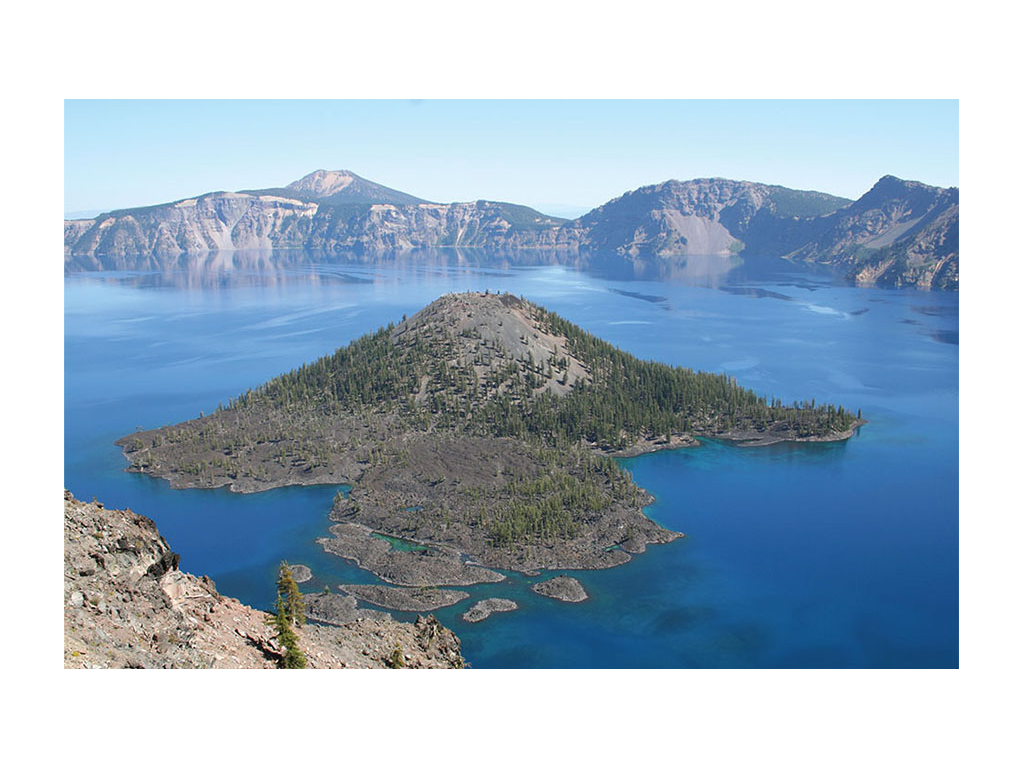
When we visited Crater Lakes National Park in August 2020, both Junior Ranger booklets and Passport stamps were available in the store. (Photo Credit: NPS / Robert J. Lillie).
All visitor centers have been closed for us (though some have reopened in other parts of the country). This means you shouldn’t expect to browse indoor exhibits or see introductory films. Ranger access is also restricted right now. Socially distanced rangers have been available to answer questions outside most visitor centers we’ve been to, but this isn’t a guarantee. At one national monument in South Dakota, we didn’t see any rangers after the entry booth. There have also been no ranger-guided events.
Overall, we have experienced limited services compared to pre-COVID. Don’t get me wrong; we’ve still had worthwhile visits across the board, but only because we researched ahead of time and knew what to expect.
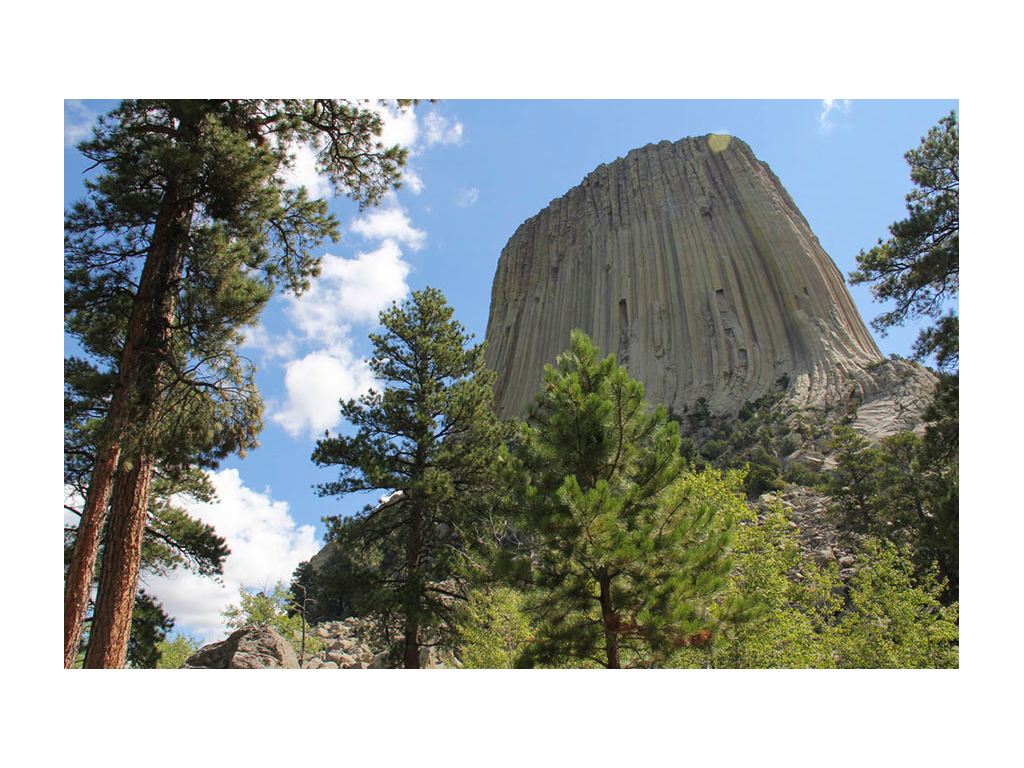
We didn't see any rangers inside Devils Tower on our recent trip, but we enjoyed our walk around Tower Trail and made sure to stay socially distanced. (Photo Credit: NPS / Avery Locklear).
With the 2020-specific updates out of the way, here are several other tried-and-true tips we’ve gathered over our past six years of RVing across nearly 100 National Park Service units.
2. Research Your Route Before Driving Your RV in a National Park
When we owned a 40-foot Class A motorhome, we didn’t drive it inside national parks. Ever. Instead, we would find a campsite outside the park and explore inside of the park with our tow vehicle. Some veteran RVers might disagree with this choice, but we had our reasons.
First and foremost, we’re working RVers who need Internet access, and national parks are often a getaway from the grid. Secondly, national parks aren’t designed for behemoths on wheels. Many have height and length restrictions, or at least winding roads that could be seriously difficult to navigate in a large motorhome. We don’t think it’s fun to stress about driving and parking, when we’d rather be enjoying ourselves.
For example, Zion National Park is home to the historic Zion-Mount Carmel Tunnel. If your RV is over 13’1” tall, longer than 40 feet, or longer than 50 feet with a tow vehicle, then you can’t go through. And good luck turning around – yikes! If your RV is over 7’10” wide or 11’4” tall, then you need to buy a special tunnel permit. Large vehicles are only allowed through the tunnel during specific operating hours, and rangers will stop oncoming traffic when you go through the tunnel, so that you’ll fit.
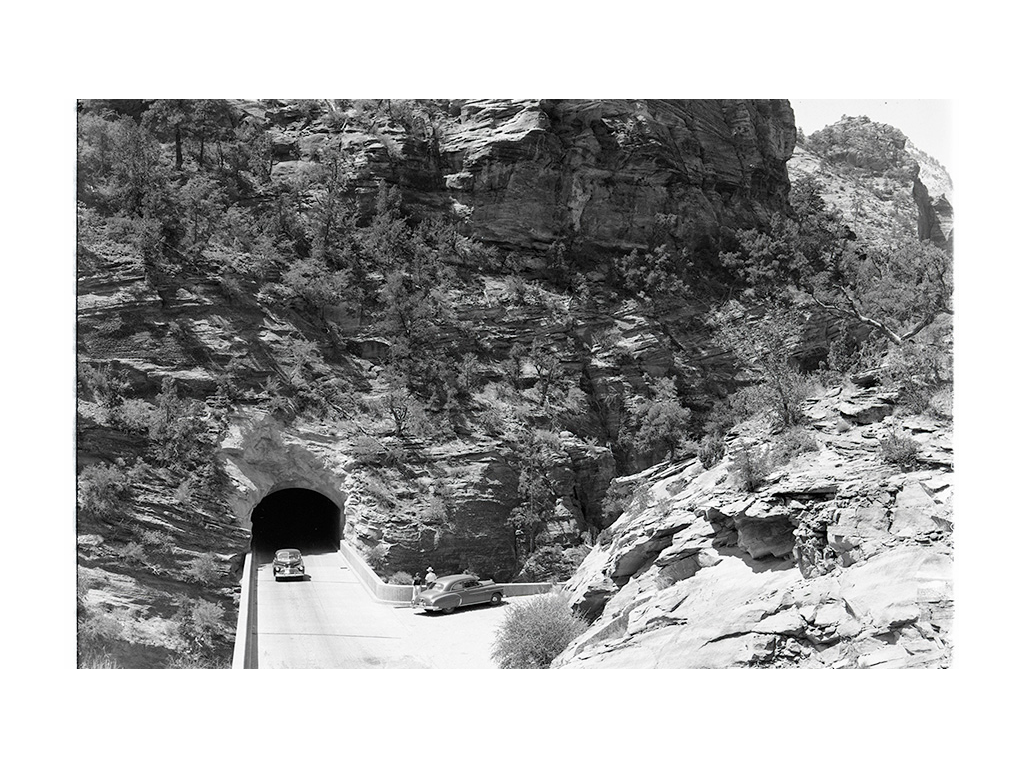
Photo Courtesy Zion National Park, Photographer Arthur F. Bruhn, Museum Catalog Number ZION 10174.
Our perspective has definitely changed since we switched to a 25-foot Winnebago View. It drives like a well-engineered spaceship, especially on those windy roads. It even fits into a standard parking space, width-wise. When we visited Acadia National Park last year, we took the View straight to Seawall Campground, then used our Jeep to explore during the rest of our time at the park.
Here’s the bottom line and a recurring theme: plan ahead. Taking your RV of any size inside a national park won’t be an issue if you’re confident of the route you’re taking and know what is, and isn’t, allowed. You won’t have any surprises that way. But while I encourage you to use national park campgrounds, I stand by my opinion that the best way to explore is with a passenger vehicle.
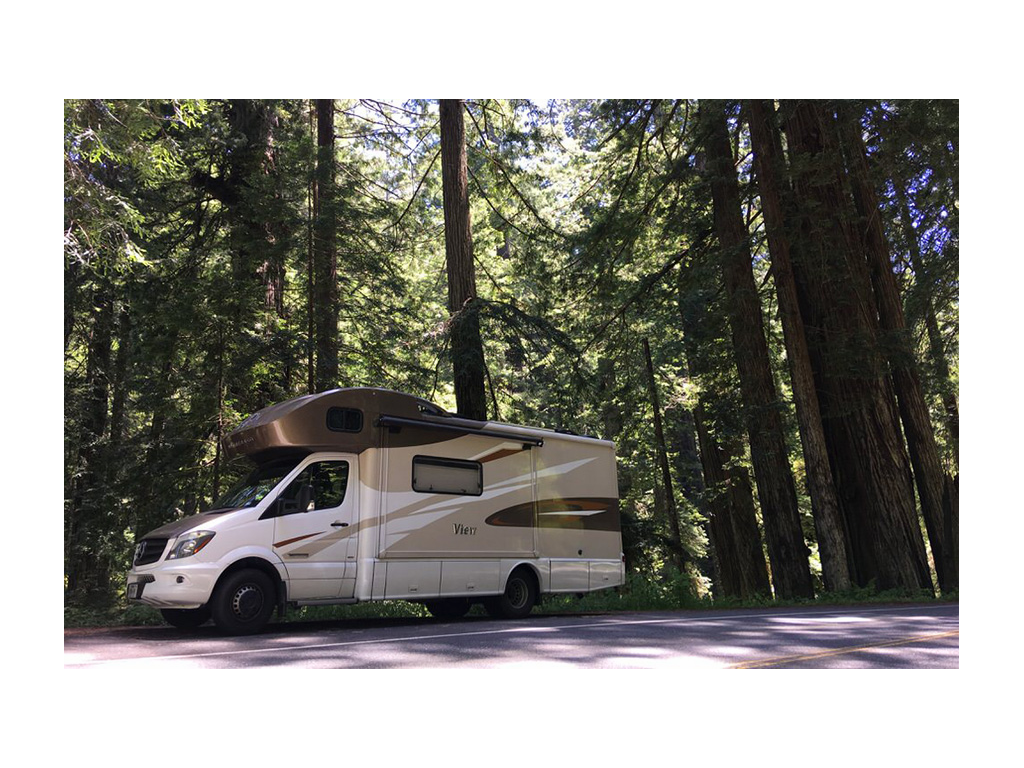 Camping in Redwood State Park.
Camping in Redwood State Park.
3. National Park Campgrounds Make a Great Basecamp, But They’re Competitive
For many years, finding a national park campsite has been a challenge, particularly on weekends or during peak season. These campsites are valuable for their location and the immersion in nature they offer.
If you have your heart set on staying inside a national park or other unit, then - you guessed it - plan ahead! For campgrounds that accept reservations, systems are available online. When selecting your campsite, don’t forget to include the length of your tow vehicle. At Yellowstone National Park’s campgrounds, if the combined length of your RV and tow vehicle exceeds the length of your campsite, then you won’t be able to stay.
For best results, if your schedule allows, try to book a site between Sunday and Wednesday nights, as this is the quietest time of the week. You’ll also have a better experience exploring a quieter park and the wildlife may be more willing to make an appearance.
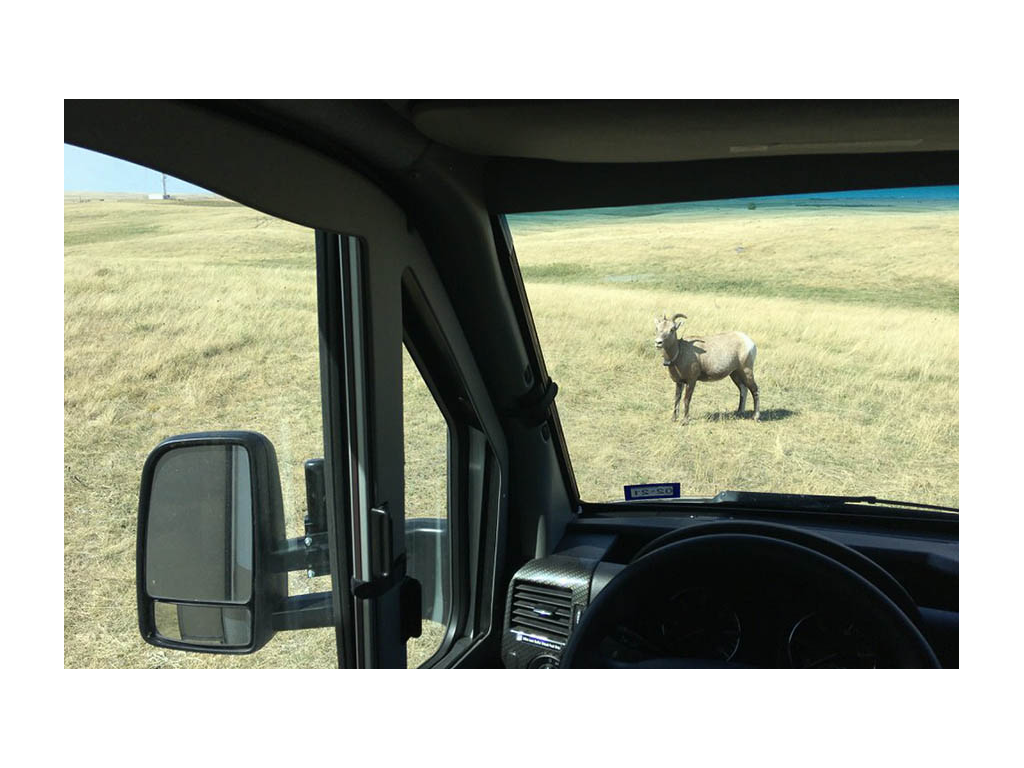
A bighorn sheep outside our window at our dispersed camping spot just outside Badlands National Park.
If your campground is first-come, first-served, then arrive as early as you can. Avoid competing for a spot on Friday or Saturday at popular parks. And always have a Plan B (maybe even a Plan C!), in case the campground is full.
If you are able to snag a spot, take a moment to celebrate! Then, be prepared to dry camp without hookups. If you’re in a forested spot, which is likely, then you may need to run your generator to keep your batteries topped off. Be respectful of generator hours, which will be posted.
Also, be prepared for an unlevel site. Have leveling blocks available, if your RV doesn’t have a built-in leveling system. By keeping your RV level, you protect the cooling unit in your fridge.
4. Don’t Try to Do Too Much
When you’ve gone out of your way to get to that National Park Service unit, and hopefully snagged your dream campsite, the temptation is to try to do it all. But you could visit Yellowstone (just one national park!) every summer of your life and still not see every trail, hydrothermal feature, or elusive creature.
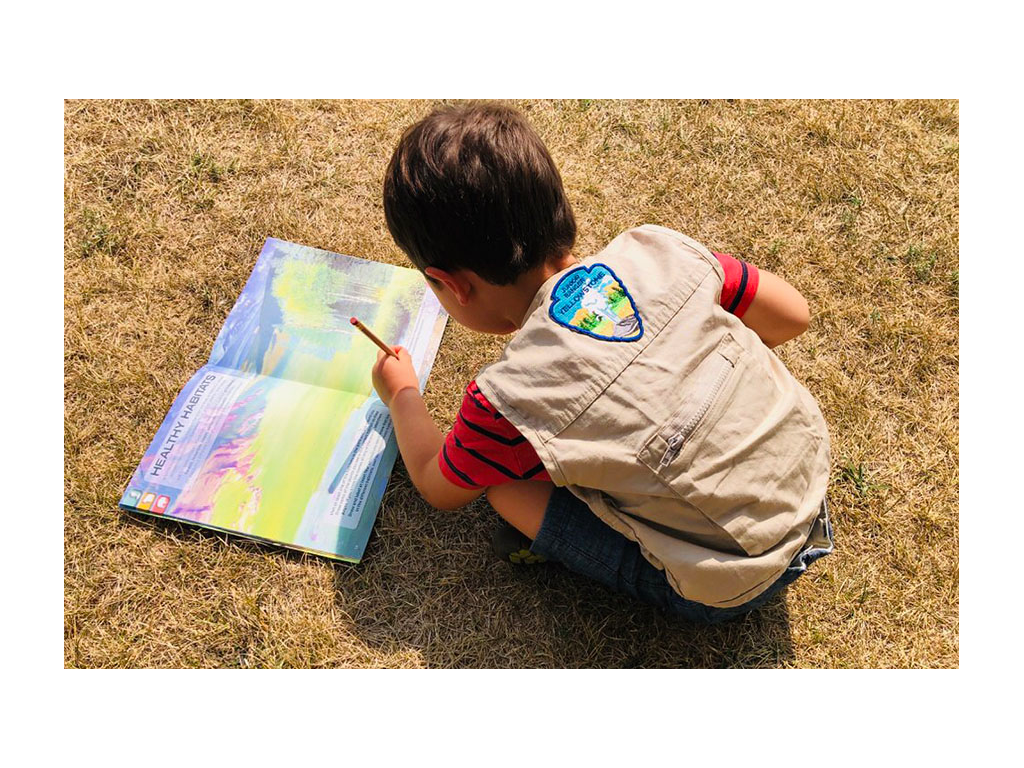
So, don’t try to do too much. I love looking for “X National Park in One Day” guides online, when I know our time is limited. These articles offer a realistic idea of how much you can fit in and point you towards the don’t-miss attractions.
I always try to work in at least one hike, even if it’s only a mile or two. A whole different park experience is available away from the pavement, and the crowds tend to thin out, as well.
5. Get the Kids Involved
During this time when most visitor centers are closed and their wonderful exhibits are off limits, Junior Ranger booklets provide excellent education and context for each National Park Service unit. Browse through the pages to see what interests you and your child, then ask a ranger where to go in the park to see and learn more.
My three-year-old Caspian had an obsession with mudpots before visiting Yellowstone National Park, so we found the best trail for him to view some up close (Artists Paintpots). Although this was our third visit to Yellowstone, we had never done this specific hike before. So, it ended up being a fun experience for the whole family.
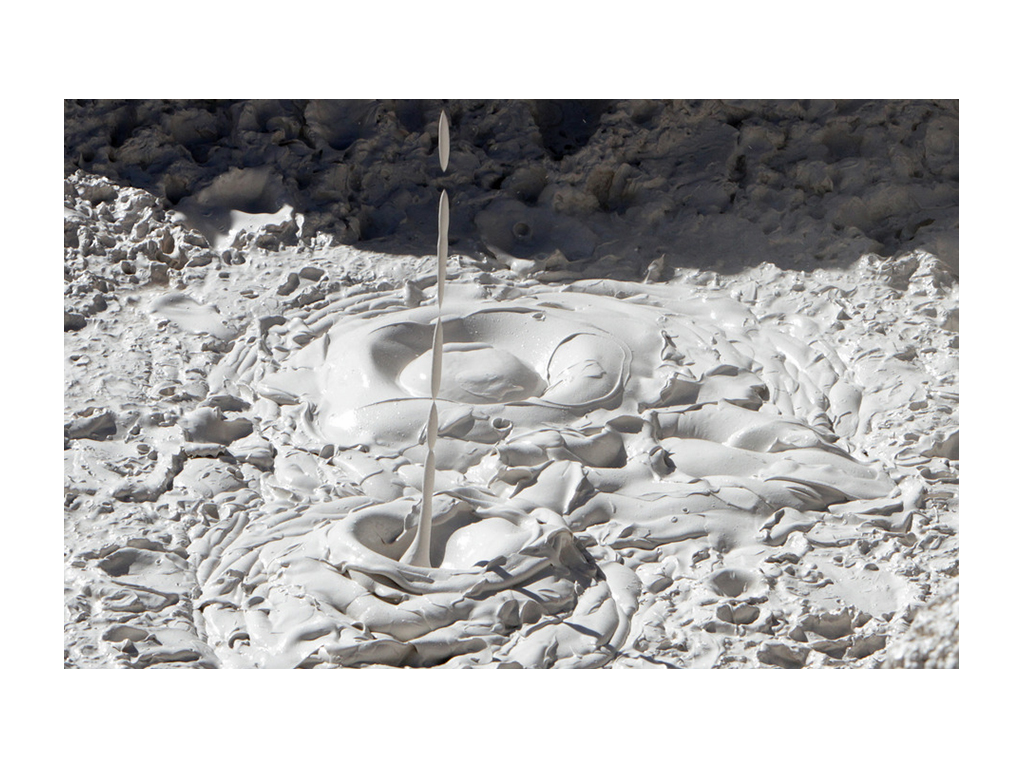
Yellowstone Mudpots. (Photo credit: U.S. National Park Service).
6. Get Out There and Learn for Yourself
Like RV travel in general, you’ll make mistakes as you get acquainted with the massive, amazing National Park Service system. Hopefully, these errors won’t cost you much more than time and inconvenience. We’ve faced road closures, full campgrounds, snack shortages, and any number of silly things we could’ve avoided if we’d planned better. But each mistake is a lesson that makes the next visit better.
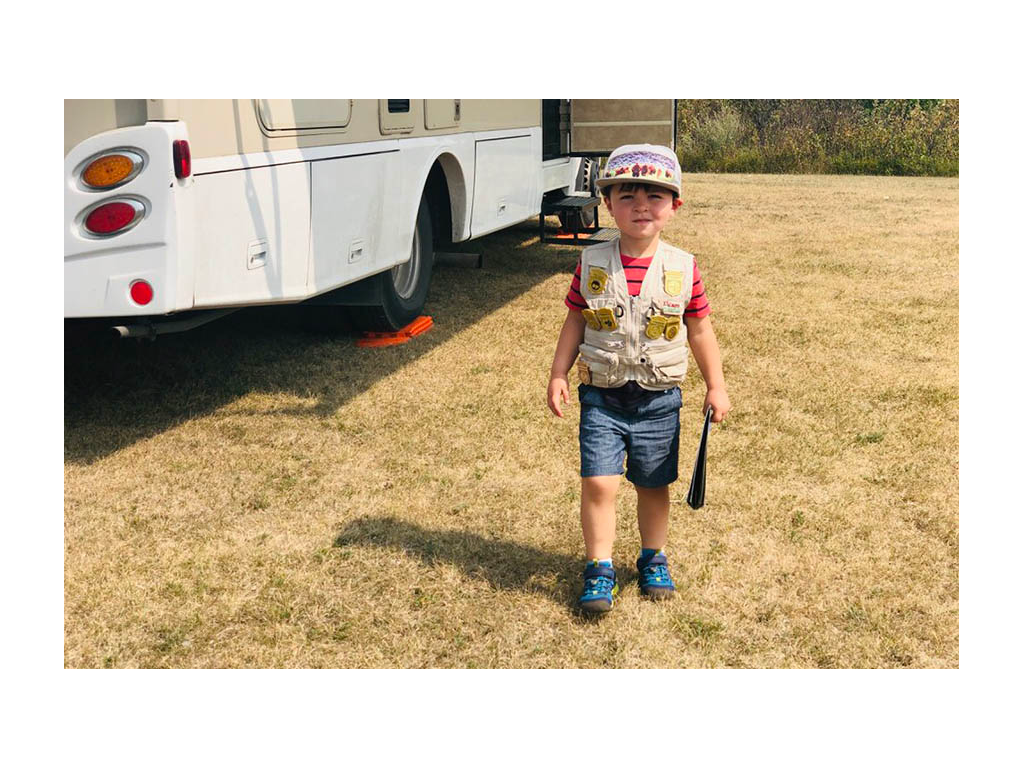
There are 62 national parks, and our toddler has visited 27 as of this writing. We’re planning to hit the half-way mark by the end of 2020. Just when we think we’ve seen it all, we continue to be surprised and delighted by our national treasures. In addition to the national parks, there are 358 other sites within the National Park System to explore as well. So, we won’t run out of destinations any time soon!
Each of the national parks is protected for a reason, and we should all take proud ownership in protecting them and sharing them with others.
Comments
Comments on this post are moderated, so they will not appear instantly. All relevant questions and helpful notes are welcome! If you have a service inquiry or question related to your RV, please reach out to the customer care team directly using the phone numbers or contact form on this page .